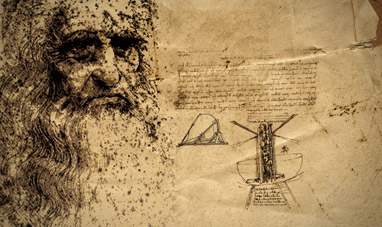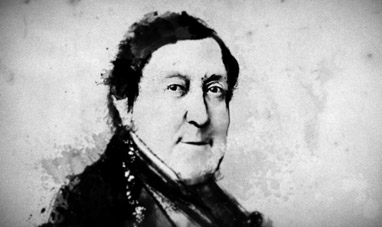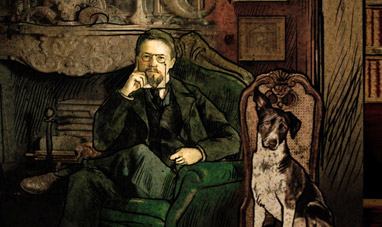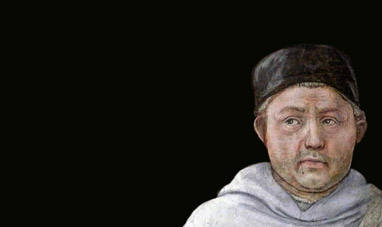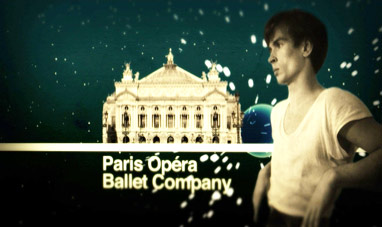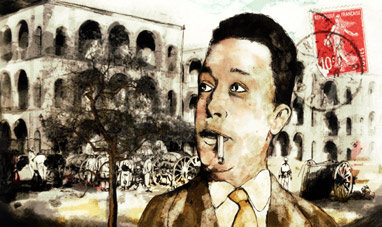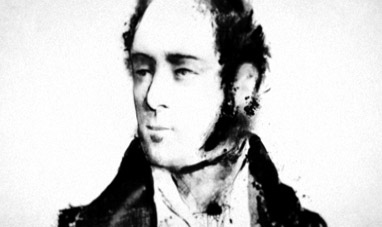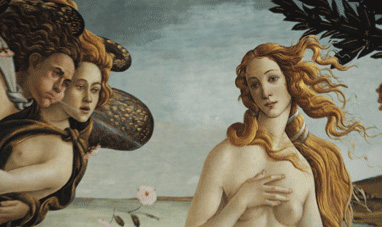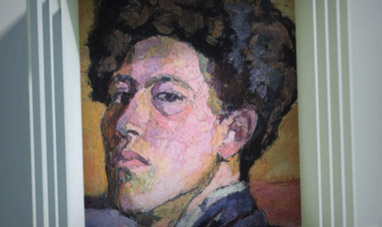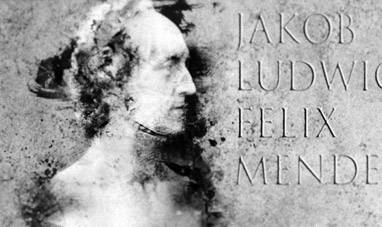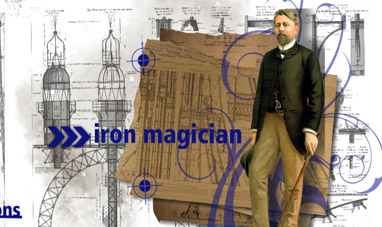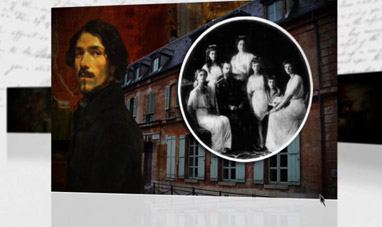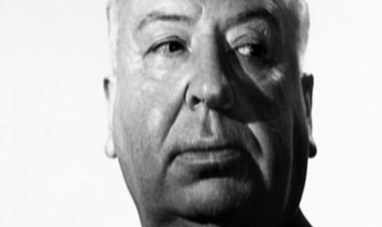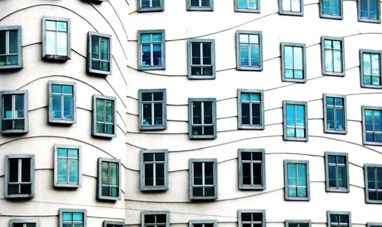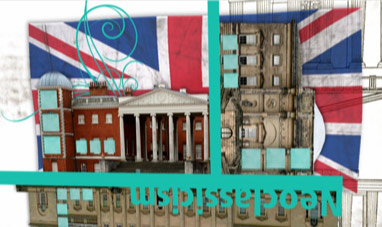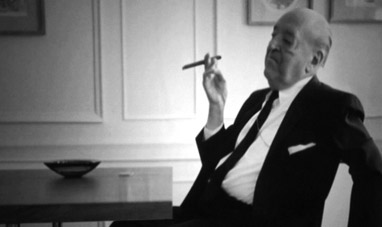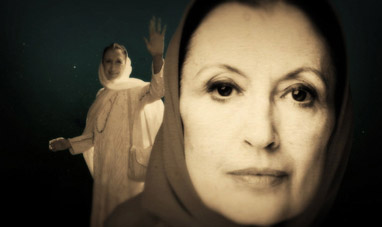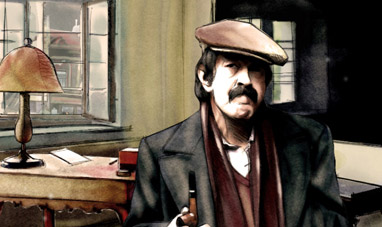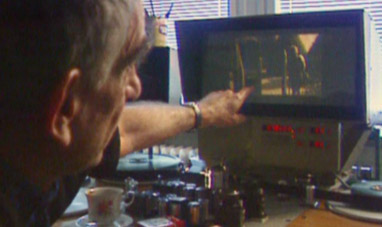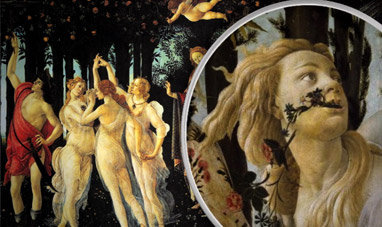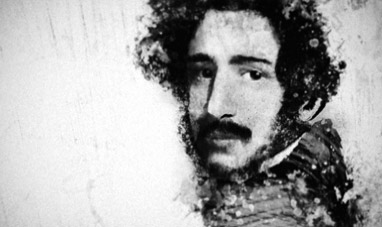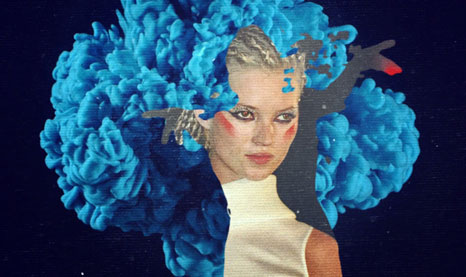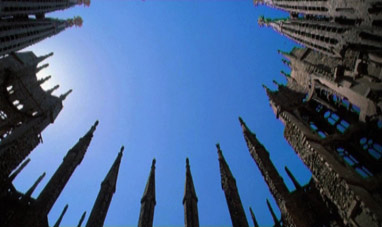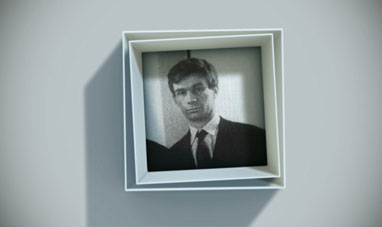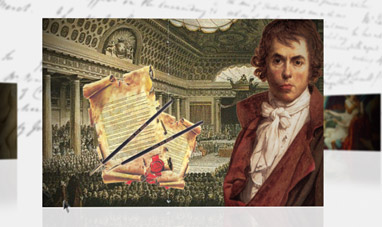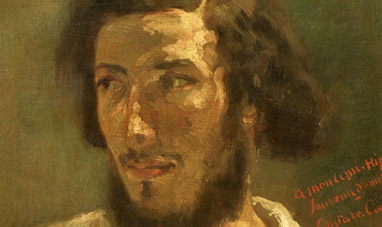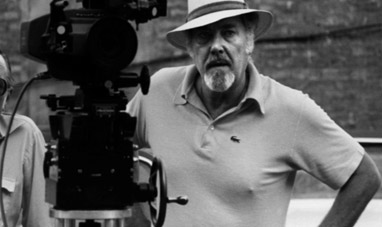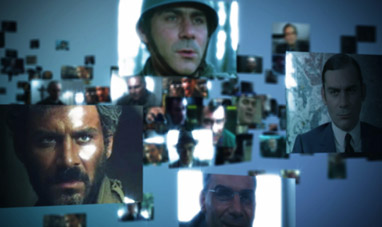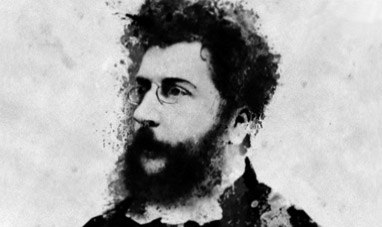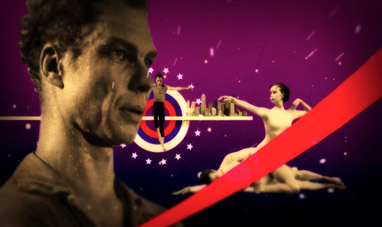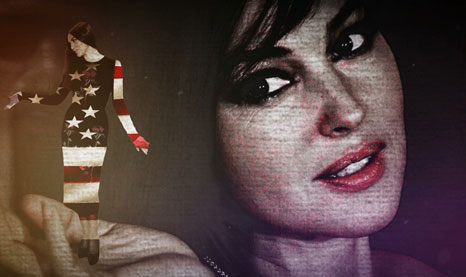Raffaello Sanzio, or Raphael, was an Italian Renaissance painter and architect. He was born on April 6, 1483 in Urbino. Raphael's mother died when he was eight. His father, Giovanni Santi, was an established painter. He took notice of his son’s natural talent, becoming the boy’s first teacher. In Urbino, Raphael studied masterpieces by Piero della Francesca, who worked in the city in the late 1400s. His father died when Raphael was 11. Before his death, his father found Raphael an apprenticeship with painter Pietro Perugino. At 17, Raphael finished his apprenticeship. He earned the title of master, enabling him to work as a painter. Perugino heavily influenced his early style. The pupil, however, soon surpassed his master with “The Coronation of the Virgin,” a subject that Perugino had also painted. Raphael did not revolutionize painting but incorporated technical achievements of other artists, surpassing them with a flair for life-like appearances and use of perspective.
In 1504, Raphael moved to Florence. The city was in the creative bloom of the Renaissance. Leonardo da Vinci and Michelangelo were active there. Studying their art, Raphael learned and reinterpreted their pictorial language, adding a refined touch that was all his own. The Virgin Mary was the subject of many paintings by Raphael. He would paint her many different ways in the course of his career. Raphael developed a personal aesthetic that balanced natural gestures and idealized beauty.
His fame reached Rome. Raphael was called to work there in 1508. Well-known architect Donato Bramante introduced him to the papal court. Pope Julius II and his successor Leo X named Raphael their official painter. In 1508, the artist began work on Vatican chambers known today as Raphael’s Rooms. In the library, he painted the "School of Athens” fresco. This allegory of ancient philosophy exemplified the role of classics in the Renaissance.
Raphael used a grand, monumental style. The architecture inside the frescoes was in perfect harmony with the structure of the room. In “School of Athens,” philosopher Heraclitus crouches near Aristotle and Plato. Raphael gave Heraclitus the features of Michelangelo. It was a tribute to the rival artist who was painting the Sistine Chapel at the time.
After Bramante died in 1514, Raphael took his place supervising construction of St. Peter’s Basilica. In 1519, Raphael started his last work, “The Transfiguration.” It showed Christ appearing before the Apostles. Painting the complex work drove Raphael to exhaustion. On his 37th birthday, Raphael died in Rome on April 6, 1520. He was at the height of his fame.
The unfinished “Transfiguration” was placed at his bedside.
Raphael was buried in the Pantheon. Scholar Pietro Bembo wrote his epitaph: “Here lies that famous Raphael by whom Nature feared to be conquered while he lived, and when he was dying, feared herself to die.”
Today, Raphael is considered one of the greatest painters of the Renaissance. His work is admired for its grace and clarity of form.
In 1504, Raphael moved to Florence. The city was in the creative bloom of the Renaissance. Leonardo da Vinci and Michelangelo were active there. Studying their art, Raphael learned and reinterpreted their pictorial language, adding a refined touch that was all his own. The Virgin Mary was the subject of many paintings by Raphael. He would paint her many different ways in the course of his career. Raphael developed a personal aesthetic that balanced natural gestures and idealized beauty.
His fame reached Rome. Raphael was called to work there in 1508. Well-known architect Donato Bramante introduced him to the papal court. Pope Julius II and his successor Leo X named Raphael their official painter. In 1508, the artist began work on Vatican chambers known today as Raphael’s Rooms. In the library, he painted the "School of Athens” fresco. This allegory of ancient philosophy exemplified the role of classics in the Renaissance.
Raphael used a grand, monumental style. The architecture inside the frescoes was in perfect harmony with the structure of the room. In “School of Athens,” philosopher Heraclitus crouches near Aristotle and Plato. Raphael gave Heraclitus the features of Michelangelo. It was a tribute to the rival artist who was painting the Sistine Chapel at the time.
After Bramante died in 1514, Raphael took his place supervising construction of St. Peter’s Basilica. In 1519, Raphael started his last work, “The Transfiguration.” It showed Christ appearing before the Apostles. Painting the complex work drove Raphael to exhaustion. On his 37th birthday, Raphael died in Rome on April 6, 1520. He was at the height of his fame.
The unfinished “Transfiguration” was placed at his bedside.
Raphael was buried in the Pantheon. Scholar Pietro Bembo wrote his epitaph: “Here lies that famous Raphael by whom Nature feared to be conquered while he lived, and when he was dying, feared herself to die.”
Today, Raphael is considered one of the greatest painters of the Renaissance. His work is admired for its grace and clarity of form.

